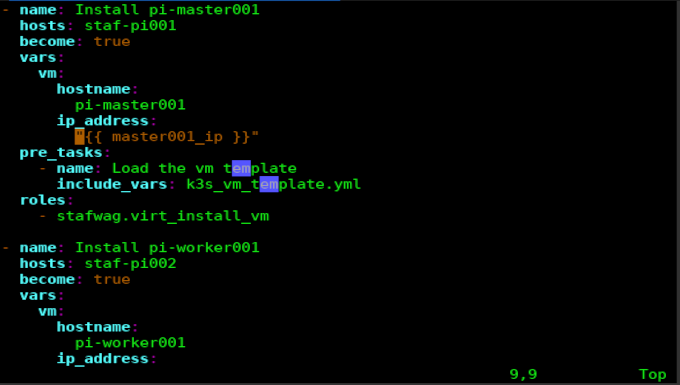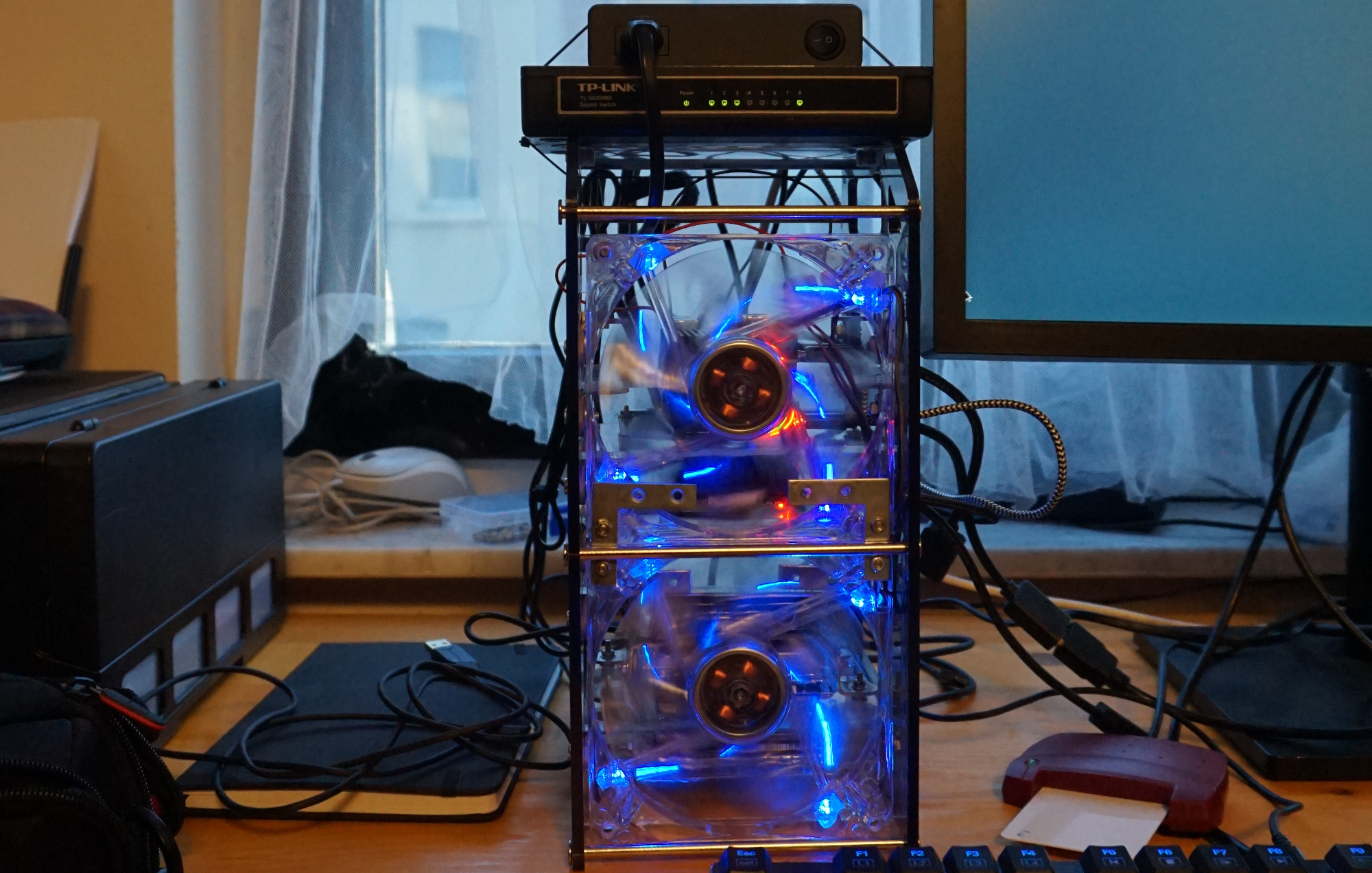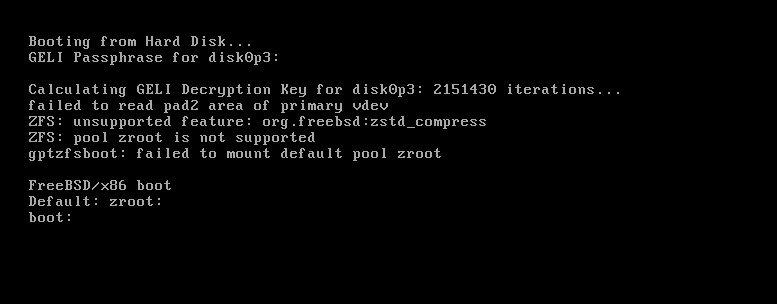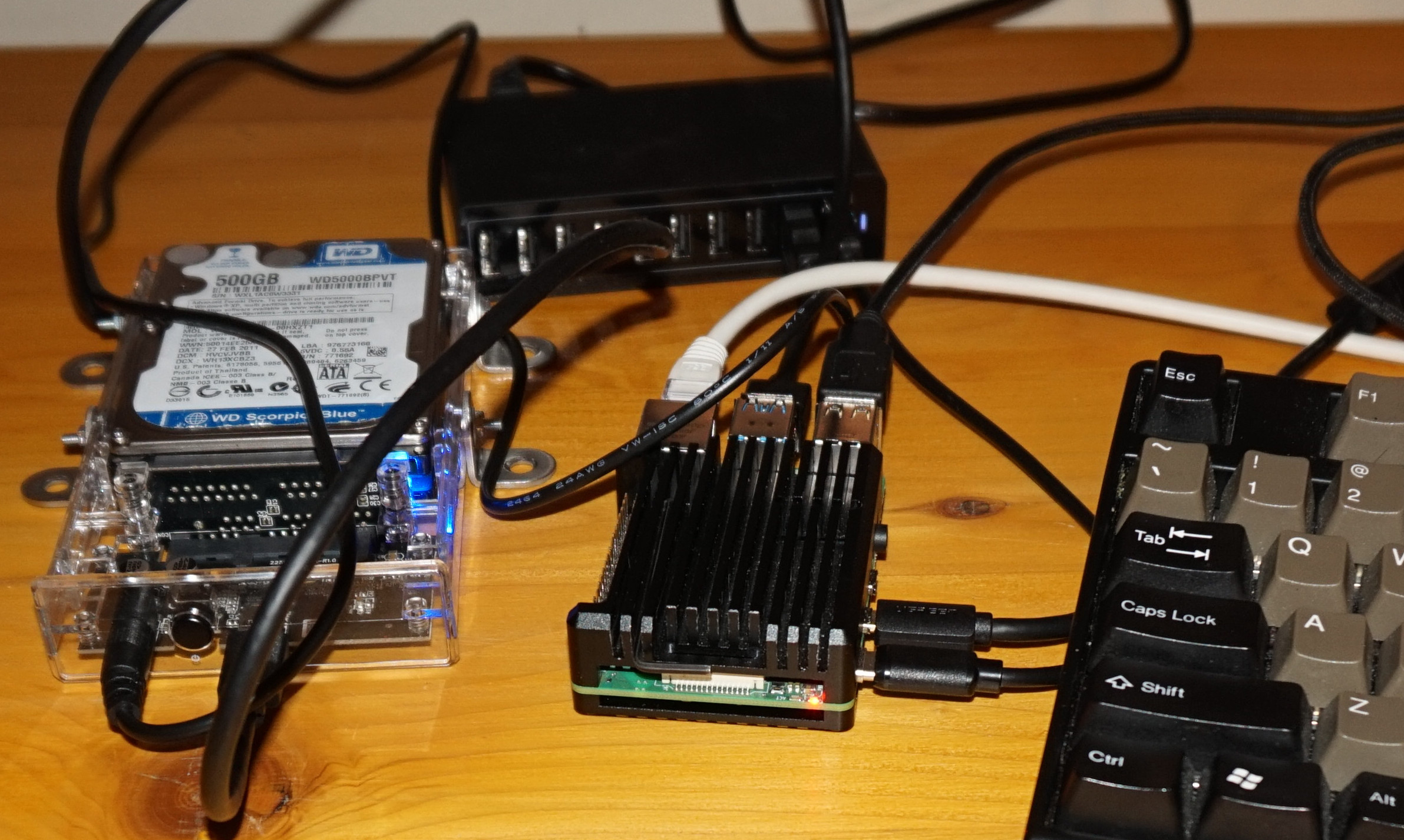Use unbound as an DNS-over-TLS resolver and authoritative dns server v2.0.0
In previous blog posts, I described howto setup stubby as a DNS-over-TLS resolver. I used stubby on my laptop(s) and unbound on my internal network.
I migrated to unbound last year and created a docker container for it. Unbound is a popular DNS resolver, it’s less known that you can also use it as an authoritative DNS server.
This work was based on Debian Buster, I migrated the container to Debian Bullseye reorganize it a bit to make it easier to store the zones configuration outside the container like a configmap or persistent volume on Kubernetes.
Version 2.0.0 is available at https://github.com/stafwag/docker-stafwag-unbound.
Version 2.0.0:
Changelog:
- Updated the base image to debian:bullseye.
- Updated create_zone_config.sh to be able to run outside the container.
- Removed the zones.conf generation from the entrypoint
- Start the container as the unbound user
- Updated to logging.conf
- Set the pidfile /tmp/unbound.pid
- Added remote-control.conf
- Updated the documentation







